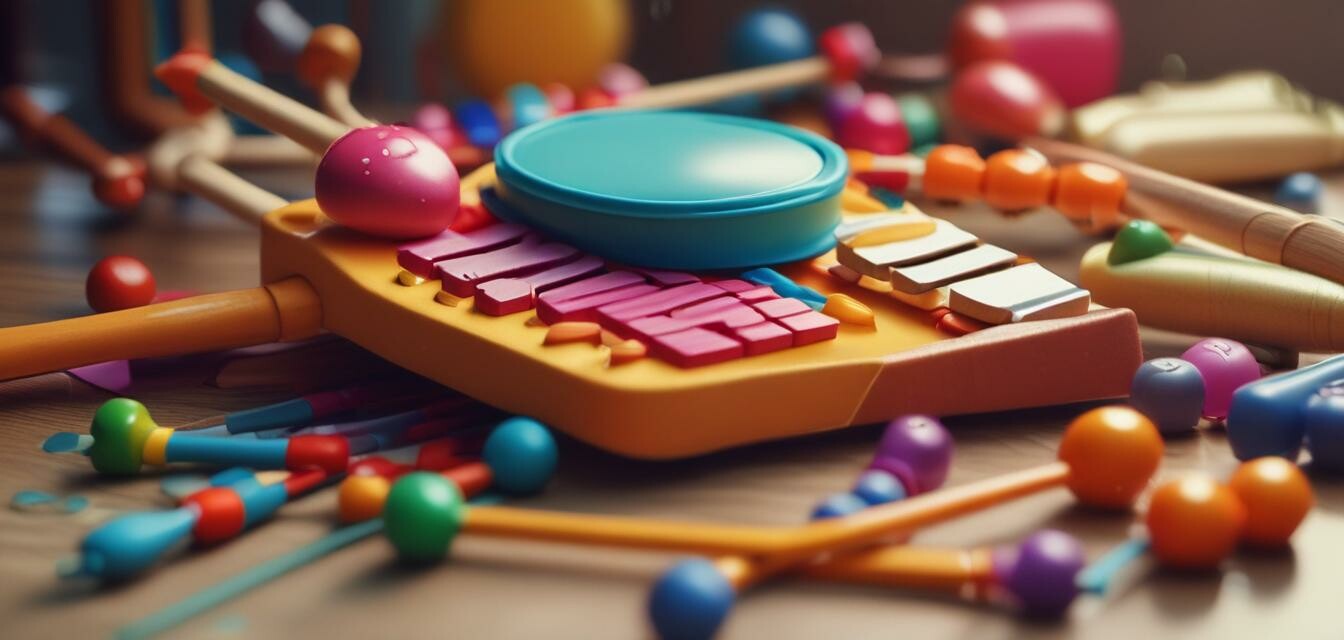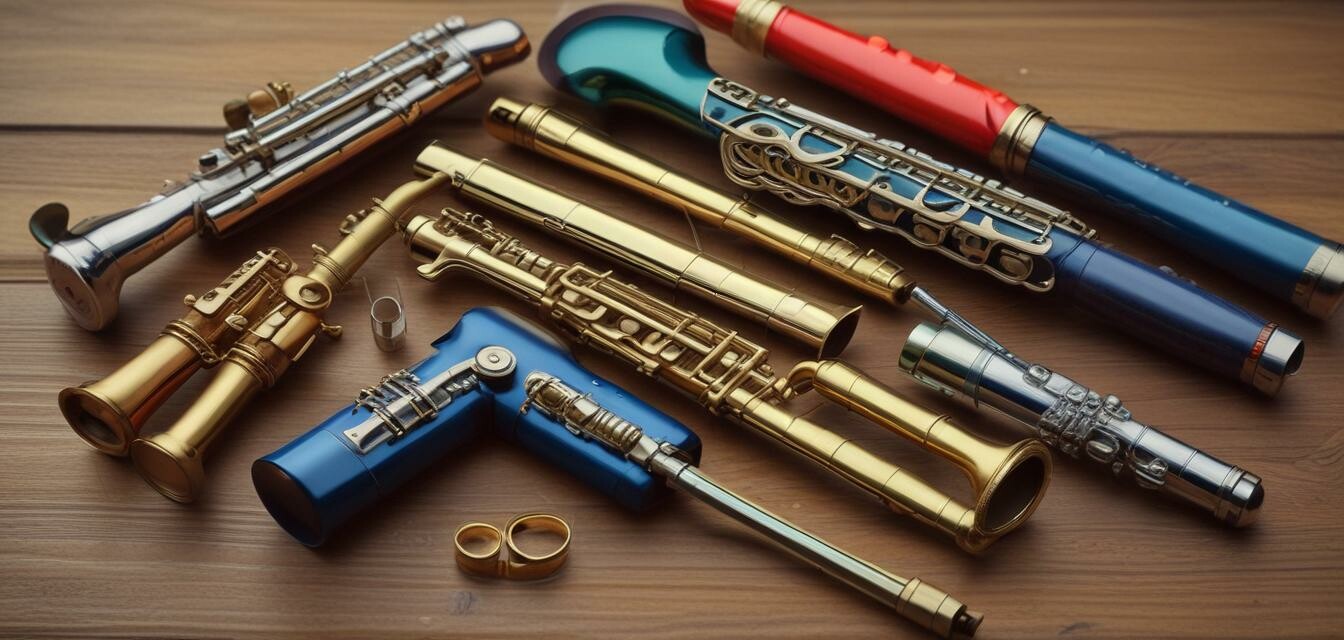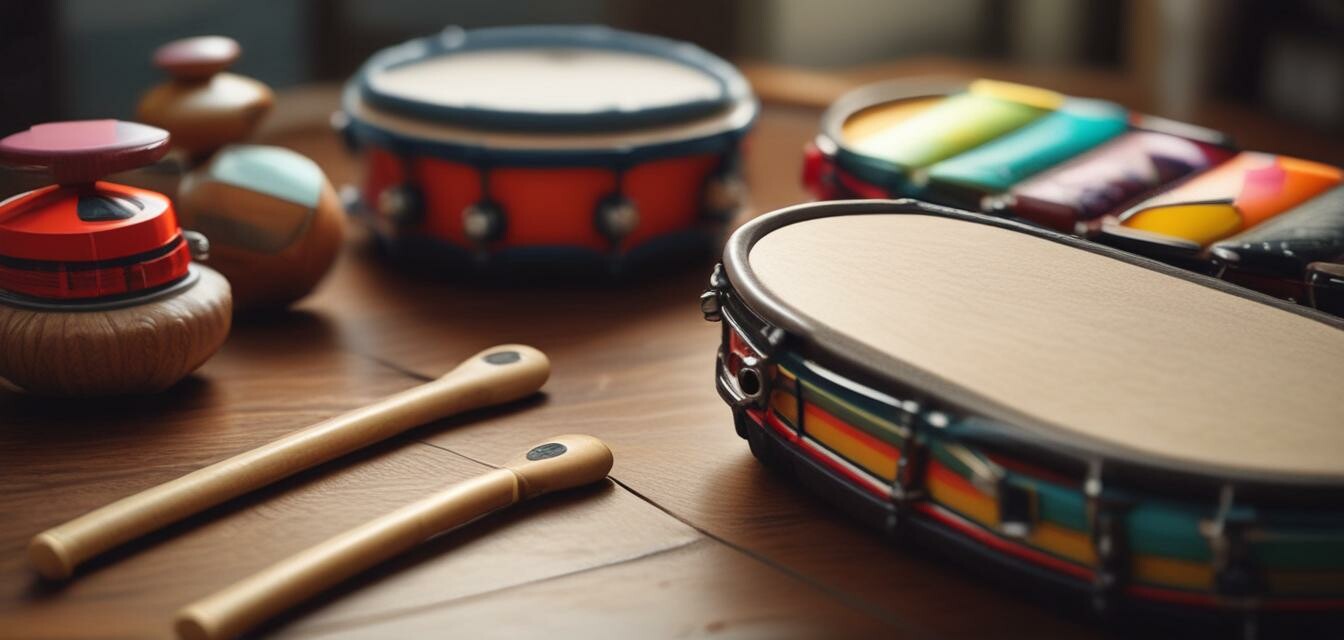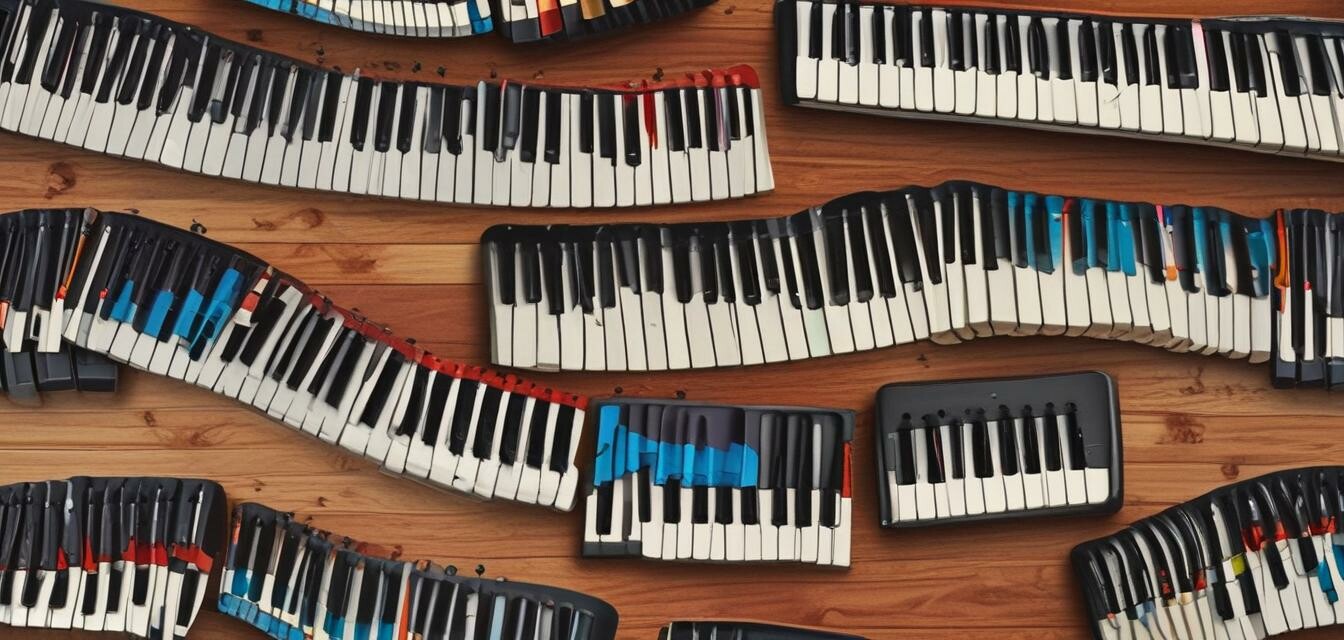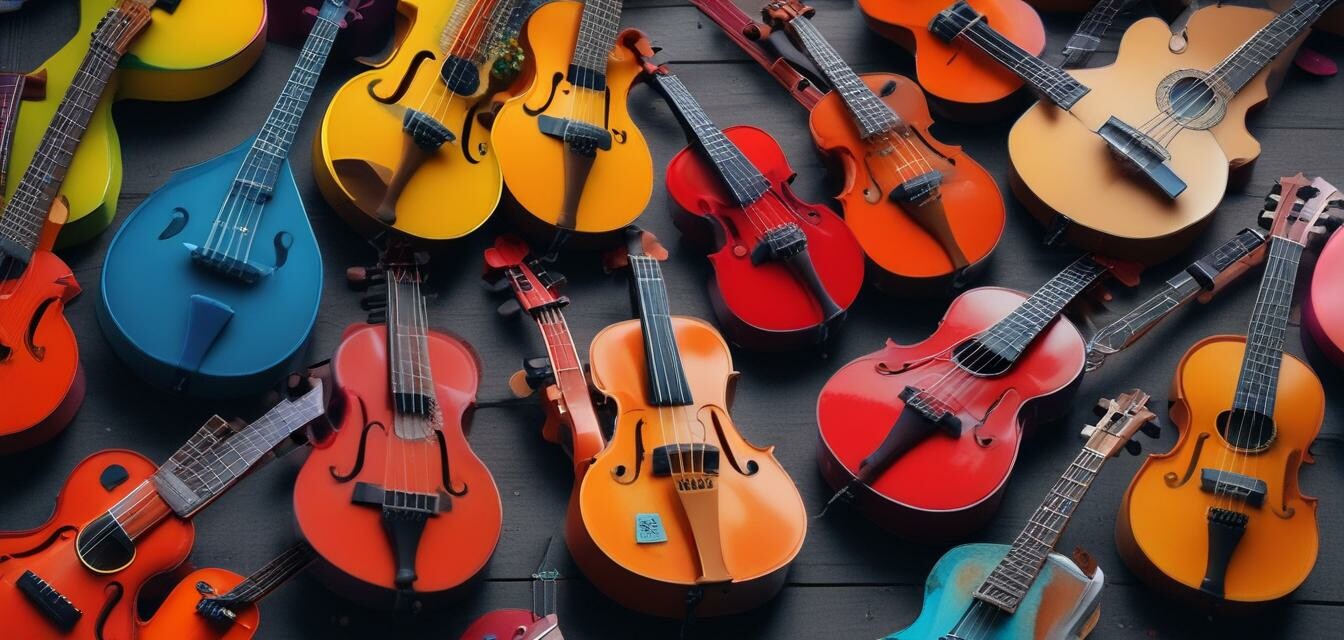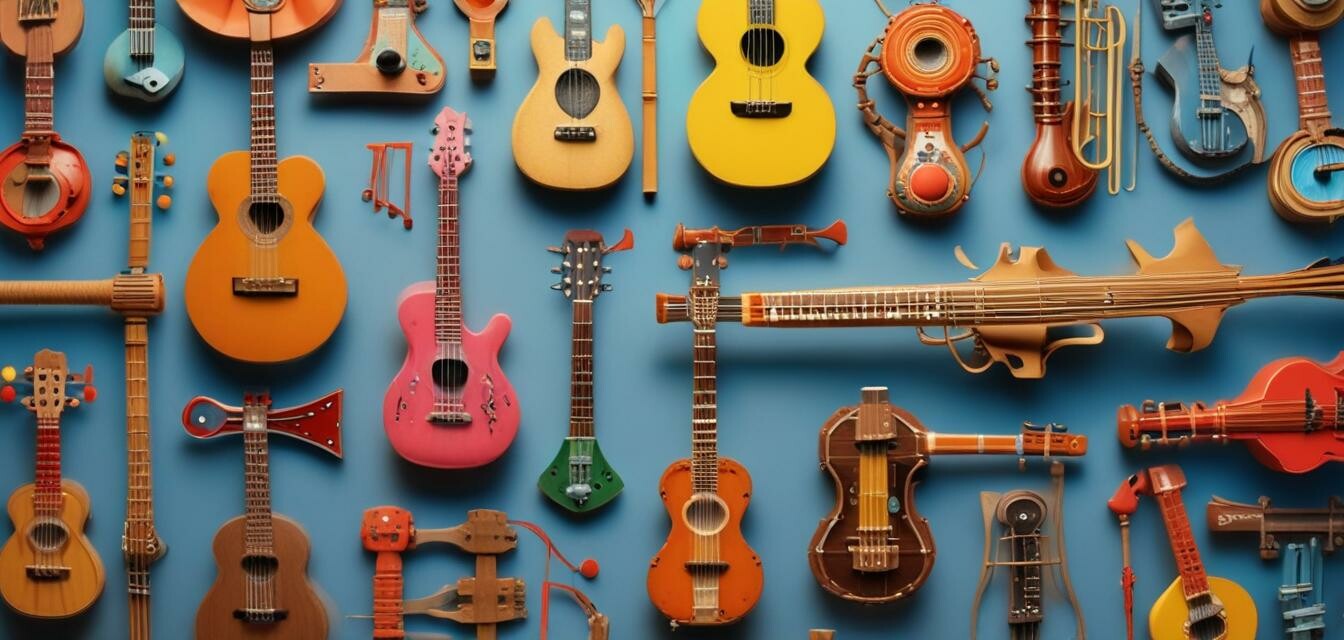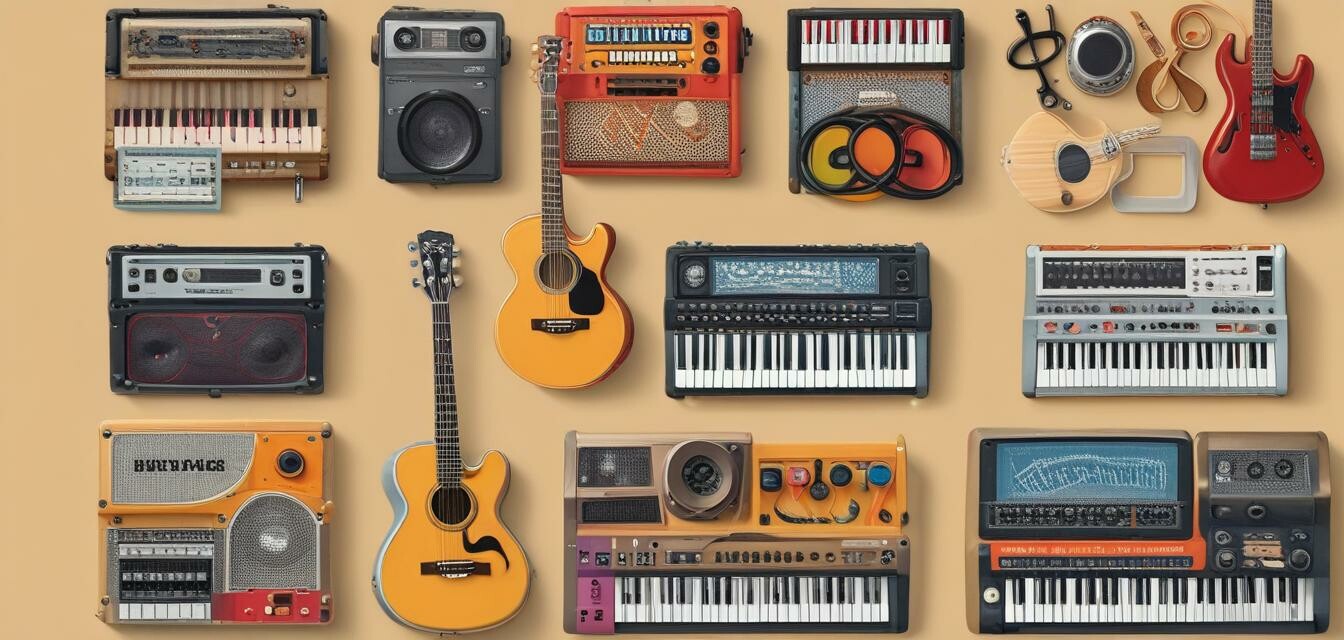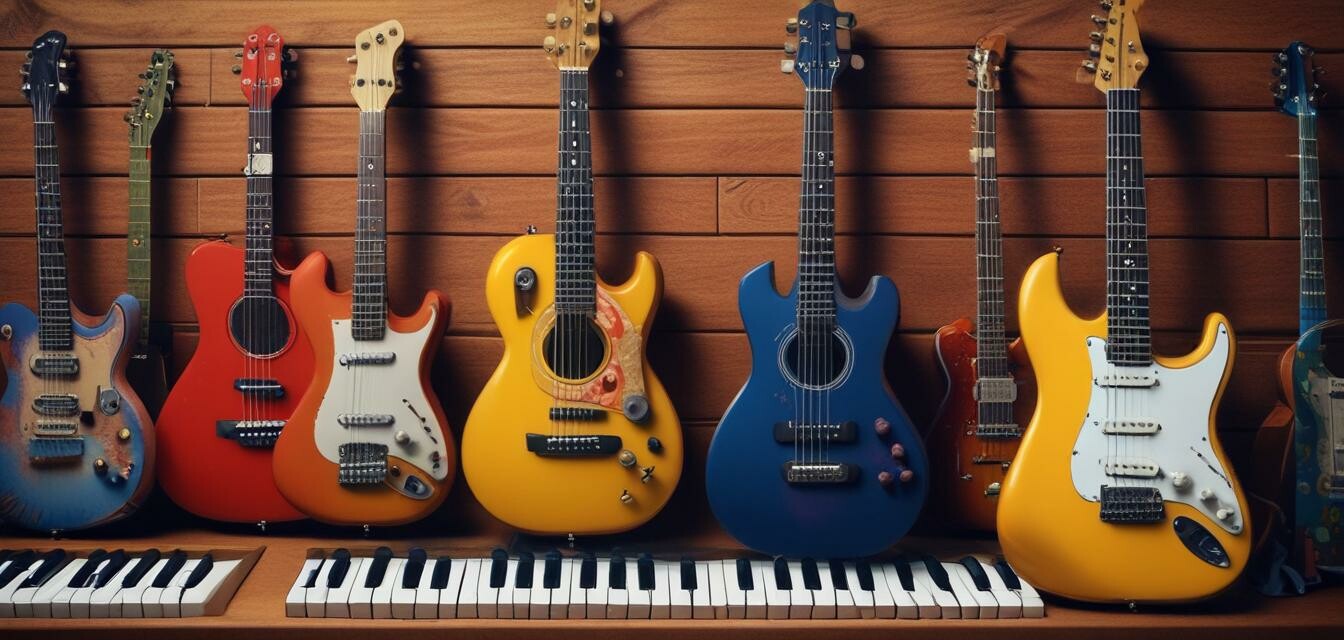
Choosing the Right Instrument
Key Takeaways
- Understanding your child's age and interests is crucial in selecting an instrument.
- Different instruments cater to various skill levels.
- Encouraging exploration helps foster a love for music.
- Choosing a musical toy can be perfect for younger children.
Choosing the right musical instrument for your child can be a challenging yet rewarding experience. With so many options available, it's important to consider your child's age, interests, and skill level. In this guide, we will break down different types of instruments and provide helpful tips to make the selection process smooth and enjoyable.
Factors to Consider
| Factor | Description |
|---|---|
| Age | Different instruments are suitable for various age groups. Understanding your child's age helps narrow down options. |
| Interest | Knowing what type of music your child enjoys can help in selecting the right instrument. |
| Skill Level | Is your child a beginner or more advanced? Instruments vary in complexity. |
| Space | Consider the space available for practicing the instrument. |
| Budget | Determine how much you are willing to spend on an instrument. |
Types of Instruments
1. Electronic Instruments
Electronic instruments are modern and often versatile. They offer features that attract young musicians. From synthesizers to digital pianos, these instruments are great for kids who enjoy technology.
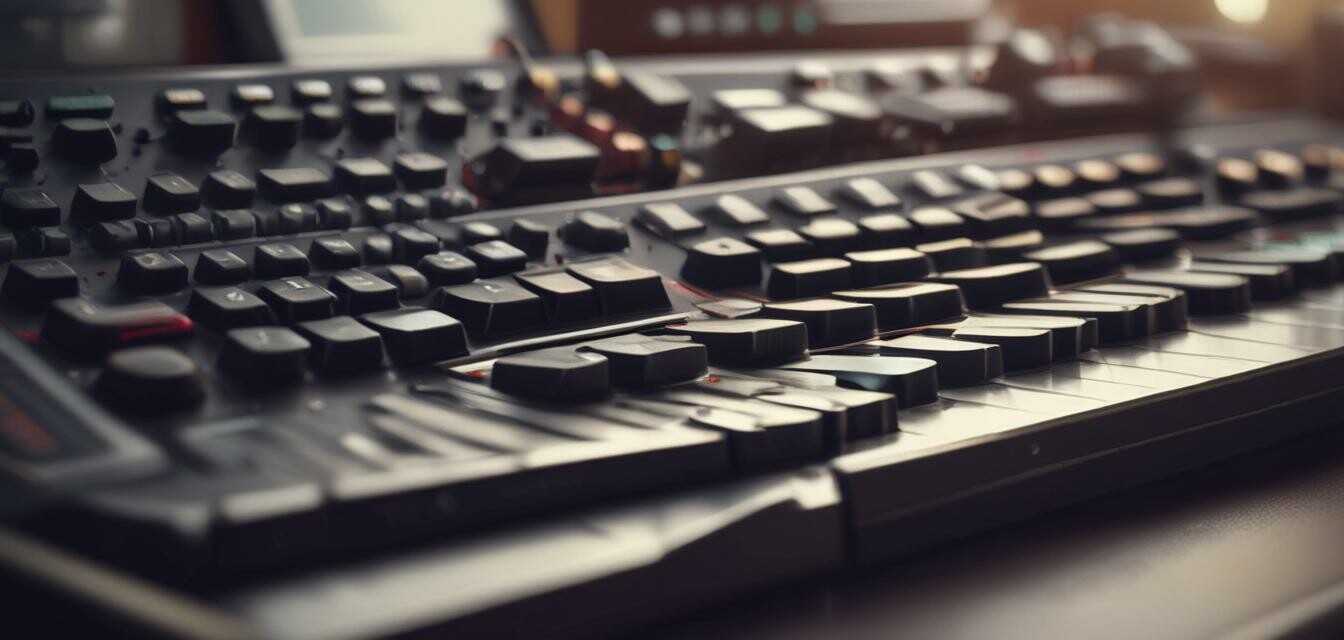
2. Keyboards & Pianos
Keyboards and pianos are excellent choices for children. They teach musical fundamentals, including reading music and hand coordination.
You can explore more about keyboards and pianos to find the perfect fit.
3. Musical Toys
Musical toys are ideal for younger children. Instruments like xylophones or small keyboards can help spark an interest in music.
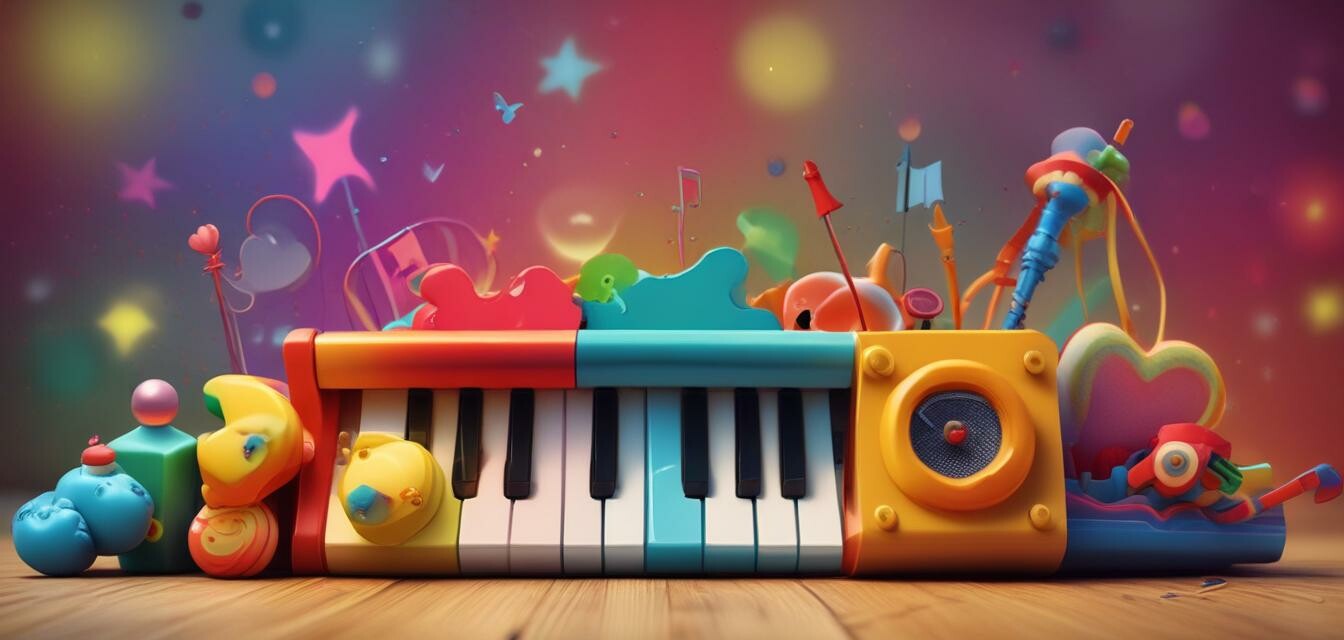
4. Percussion Instruments
Percussion instruments like drums or tambourines promote rhythm and coordination. They also allow children to express themselves freely.
5. String Instruments
Instruments such as violins and guitars can be a wonderful choice as children grow older. They can be learned individually or as part of a group.
6. Wind Instruments
Wind instruments, like flutes or trumpets, can be great for teaching breath control and musical expression.
Learn more about wind instruments and their offerings.
Choosing the Right Instrument by Age Group
| Age Group | Recommended Instruments |
|---|---|
| 0-3 Years | Musical toys and simple percussion instruments. |
| 3-5 Years | Small keyboards, xylophones, and basic rhythm instruments. |
| 6-9 Years | Beginner pianos/keyboard and string instruments like ukuleles. |
| 10+ Years | Full-sized pianos, guitars, and more advanced wind or percussion instruments. |
Tips for Parents
Top Tips
- Encourage your child to try different instruments before making a decision.
- Look for local music classes or workshops for hands-on experience.
- Consider renting an instrument before purchasing to see if it's a good match.
- Make music fun - remember it's about enjoying the process!
Pros and Cons of Different Instruments
Pros
- Variety of options to suit different interests.
- Many instruments help develop cognitive skills.
- Musical engagement promotes discipline and patience.
- Teamwork opportunities through group classes or band participation.
Cons
- Some instruments can be expensive.
- Space requirements can be a concern for larger instruments.
- Not all children may be interested in sticking with one instrument.
Conclusion
Choosing the right instrument for your child involves understanding their age, interests, and skill level. Whether it’s a fun musical toy for toddlers or a sophisticated piano for older kids, the right choice will spark their love for music. Be patient and encourage exploration to find the perfect fit!
